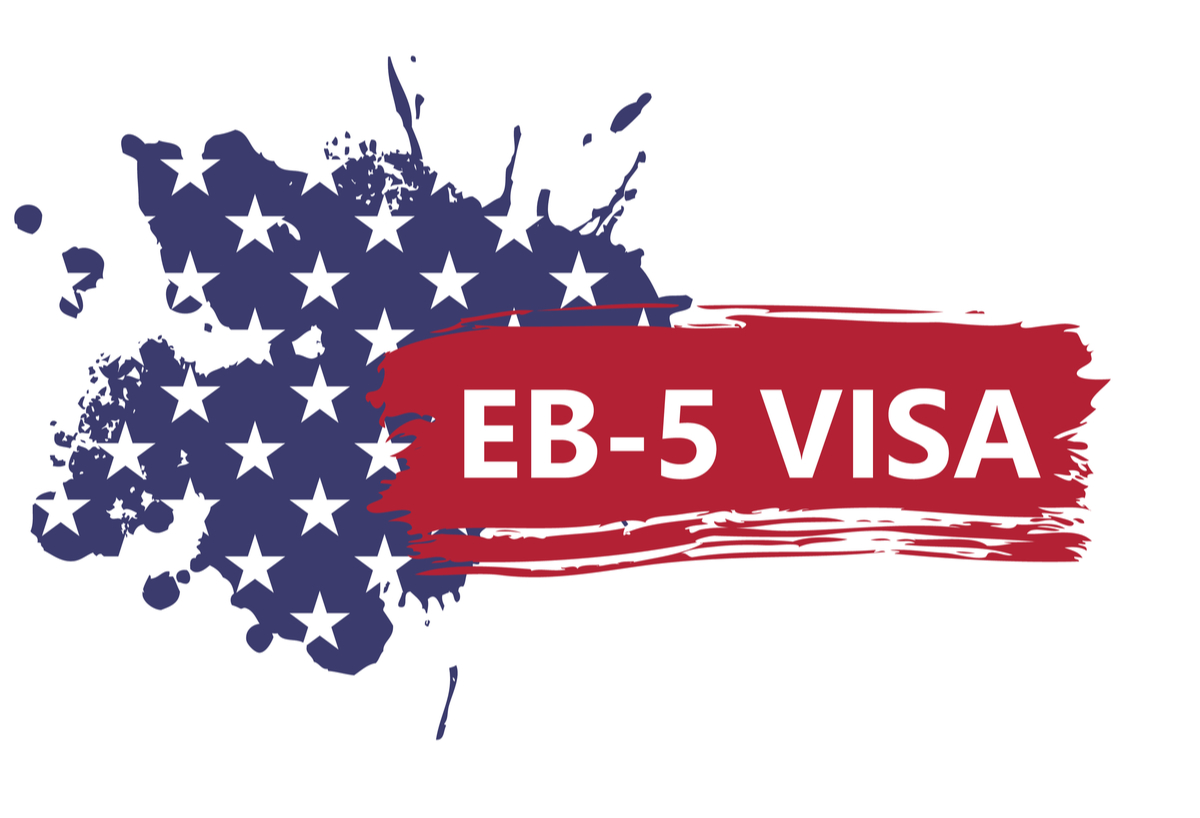 By: Kate Kalmykov and James Cormie
By: Kate Kalmykov and James Cormie
As a result of the Russian economy facing stiff headwinds, many affluent Russians are looking to immigrate to the United States. One increasingly attractive option is EB-5. Russia’s unique geopolitical position, however, makes undertaking a trace on the source of the EB-5 funds a unique task for the investor and his or her lawyer. Here are the top five trends to aware of:
- Cash, cash, cash. By far the biggest challenge with Russian EB-5 investors is that most Russians deal in cash. A financial crisis could lead to deposit institutions drying up overnight, preventing account holders from withdrawing their money. To deal with this problem, many take their money out and put it into safe deposit accounts. More interesting, these safe deposit boxes full of cash operate, effectively, as escrow accounts in business deals. Of particular importance is housing transactions, where the seller of property meets with the buyer, sees the cash put into the safe deposit box, and cannot open it until the deal is done. Documenting the cash transactions is difficult, but not impossible for EB-5 petitions.
- Foreign currency. Although somewhat steadied from a large run up and decline in 2009, volatility in the exchange rate is on the rise in Russia while value is decreasing. This combination means that Russians interested in preserving the value of their money often shift their Rubles and put them into Euros and dollars. Keeping account numbers and records of these transfers is especially important.
- Inexperienced banks. Transferring funds can be slow and sometimes done incorrectly because Russian banks, entering a totally unrestricted foreign exchange community in 2007, are unprepared to handle these types of transactions.
- Corruption. Like many other countries, corruption in the Russian economy is extensive. If the investor’s source of funds comes from his or her business in Russia, the investor must prove it is lawfully doing business and transferring money to the investor.
- Tax records. In Russia, individuals do not self-file. Instead, companies are supposed to automatically withhold and issue a tax form at the end of the year. If an individual does decide to file, however, they are given four months to file and seven months to pay after the taxable calendar year. Pointing this out to the USCIS inspector or waiting until receipt of payment can save a lot of trouble.
Any immigration lawyer representing a Russian client should be aware of these trends in Russian source of funds. With careful planning and the right notices to USCIS, the process should be smooth sailing.
DISCLAIMER: The views expressed in this article are solely the views of the author and do not necessarily represent the views of the publisher, its employees. or its affiliates. The information found on this website is intended to be general information; it is not legal or financial advice. Specific legal or financial advice can only be given by a licensed professional with full knowledge of all the facts and circumstances of your particular situation. You should seek consultation with legal, immigration, and financial experts prior to participating in the EB-5 program Posting a question on this website does not create an attorney-client relationship. All questions you post will be available to the public; do not include confidential information in your question.








